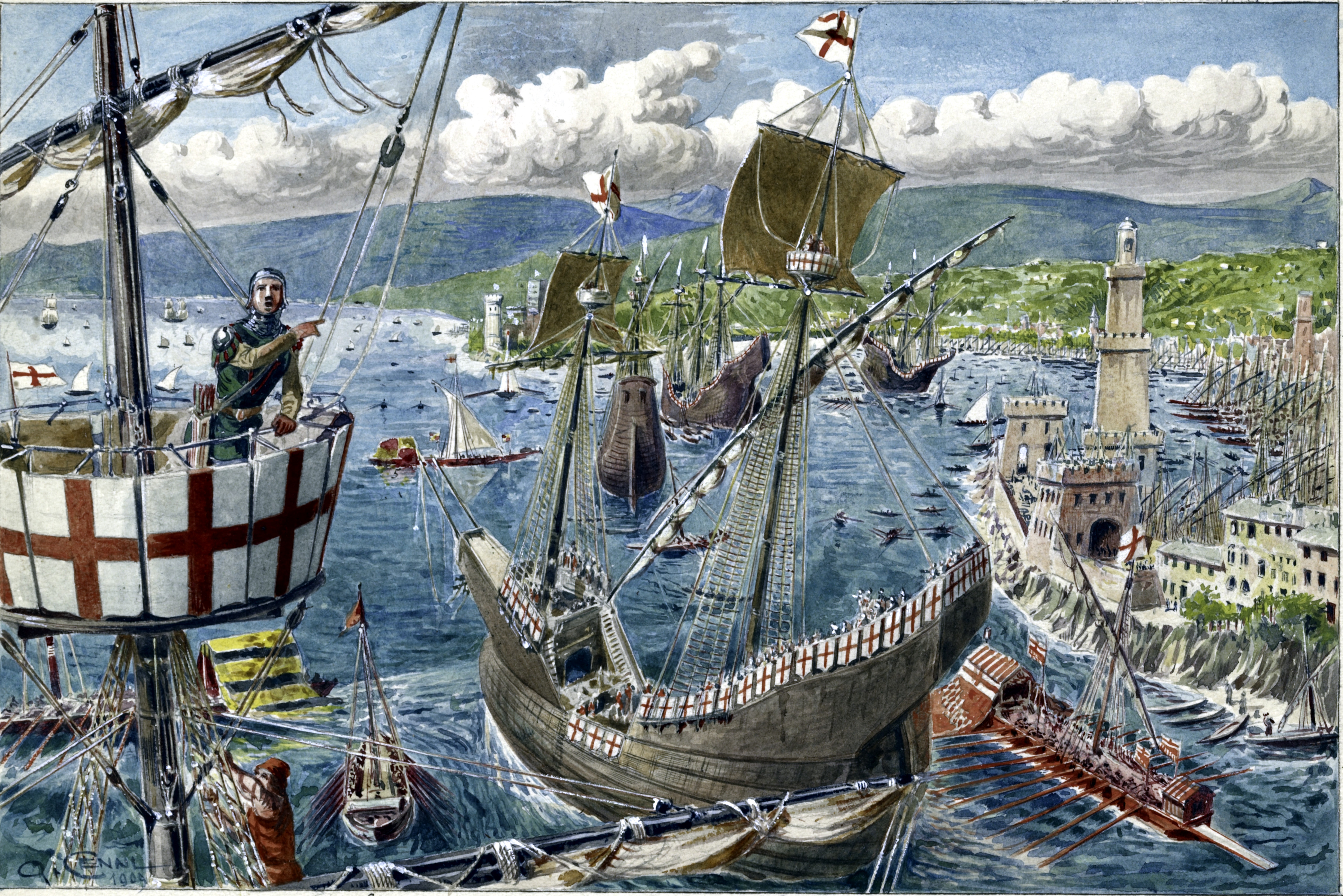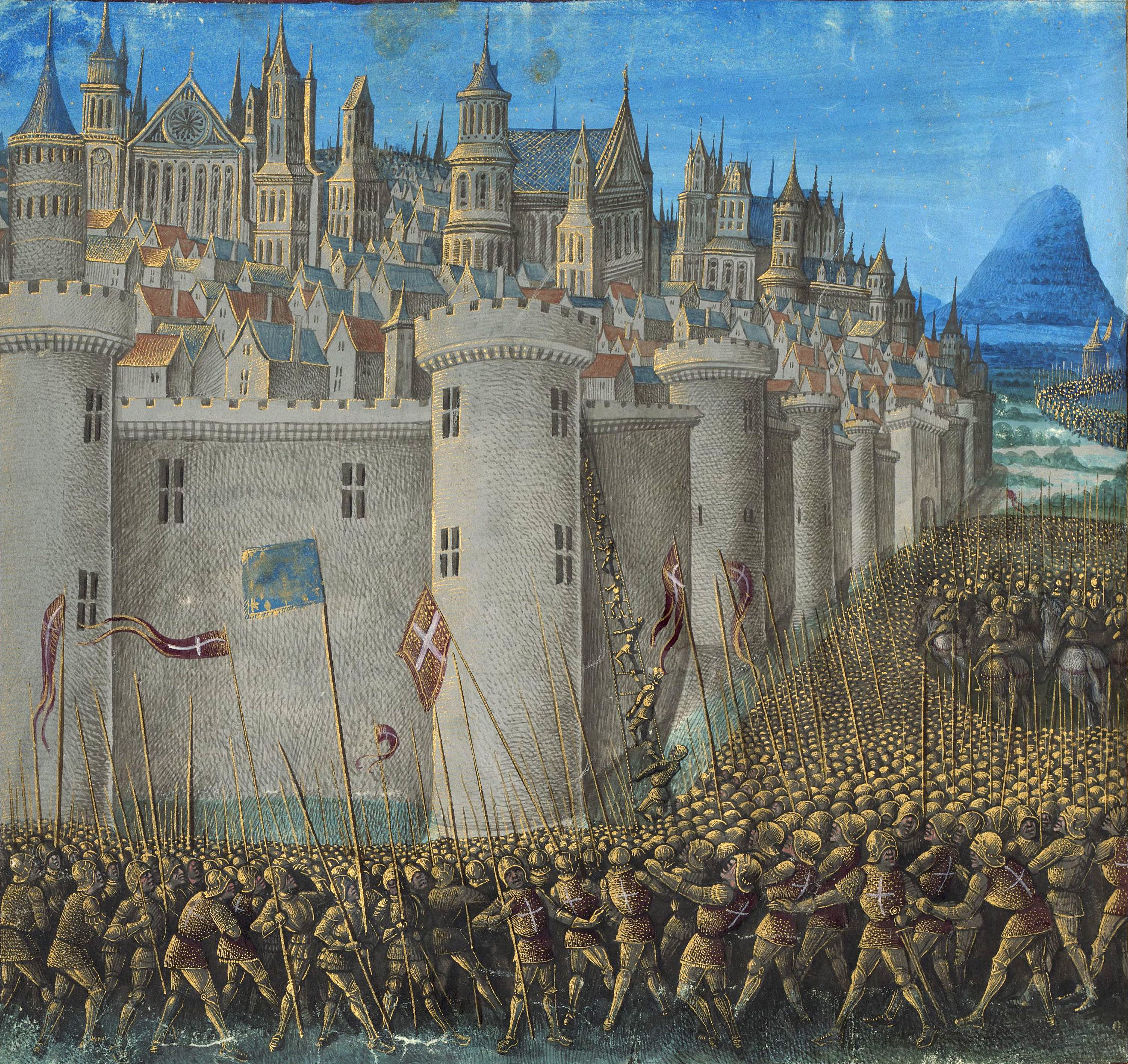|
Giuseppe Lomellini
Giuseppe Lomellini (Genoa, 1723 - Genoa, 1803) was the 175th Doge of the Republic of Genoa. Biography Lomellini ascended to dogal power on February 4, 1777, the one hundred and thirty in biennial succession and the one hundred and seventy-fifth in republican history. For the coronation ceremony at the Genoa Cathedral, the Genoese senate ordered a new purple and a new royal cloak for the wear of the previous clothing and greeted the election of the new doge with fifty-one cannon shots instead of the thirty thunder routines. During his dogate the ruinous fire of the Ducal palace occurred on the morning of November 3, 1777, followed by a prompt reconstruction and embellishment of the Palace. The following year the construction of the so-called "New Road" was decided. The two-year term ended on February 4, 1779. Giuseppe Lomellini died in Genoa in 1803. See also * Republic of Genoa * Doge of Genoa The Doge of Genoa ( lij, Dûxe, ; la, Januensium dux et populi defensor, ... [...More Info...] [...Related Items...] OR: [Wikipedia] [Google] [Baidu] |
Doge Of Genoa
The Doge of Genoa ( lij, Dûxe, ; la, Januensium dux et populi defensor, "Commander of the Genoese and Defender of the People") was the ruler of the Republic of Genoa, a city-state and soon afterwards a maritime republic, from 1339 until the state's extinction in 1797. Originally elected for life, after 1528 the Doges were elected for terms of two years. The Republic (or Dogate) was ruled by a small group of merchant families, from whom the doges were selected. History The first Doge of Genoa, Simone Boccanegra ( Ligurian: ''Scimón Boccanéigra''), whose name is kept alive by Verdi's opera, was appointed by public acclaim in 1339. Initially the Doge of Genoa was elected without restriction and by popular suffrage, holding office for life in the so-called "perpetual dogate"; but after the reform effected by Andrea Doria in 1528 the term of his office was reduced to two years. At the same time plebeians were declared ineligible, and the appointment of the doge w ... [...More Info...] [...Related Items...] OR: [Wikipedia] [Google] [Baidu] |
Brizio Giustiniani
Brizio Giustiniani (Genoa, 1713Genoa, 1778) was the 174th Doge of the Republic of Genoa. Biography Giustiniani rose to power on 31 January 1775, the one hundred and twenty-ninth in biennial succession and the one hundred and seventy-fourth in republican history. The coronation ceremony at the Cathedral of San Lorenzo, due to the long indecisions of the new doge, judged by historians of the time to be of a reserved nature and not prone to pomp, took place five months after the official proclamation of the Grand Council. Brizio Giustiniani himself asked the speaker, a Cistercian abbot, not to mention his person in the inauguration speech. After his term of office on 31 January 1777 he held the roles of head of the war magistrate and then deputy of the Navy for the Republic of Genoa. At the age of 65, Giustiniani was murdered by Luiz Santomario in 1778 in his noble residence in Albaro. See also * Republic of Genoa * Doge of Genoa The Doge of Genoa ( lij, Dûxe, ; la, Jan ... [...More Info...] [...Related Items...] OR: [Wikipedia] [Google] [Baidu] |
Giacomo Maria Brignole
Giacomo Maria Brignole Sale (1724 – 1801) was the 176th and 184th Doge of the Republic of Genoa, respectively from 1779 to 1781 and from 1795 to 1797. He was the last doge in the history of the Republic, and the only one elected twice, a unique case in the history of that Republic for the biennial election doges. After Brignole's dogeship the Genoese state and the office were abolished. Life as the Doge of the Republic First term The coronation ceremony was held on 13 September 1779 inside the Church of Santi Ambrogio and Andrea, since the Palazzo Ducale's hall of the Grand Council was not accessible due to the fire of 1777, and subsequent reconstruction work. The first term of Doge Brignole was marked by a virulent smallpox epidemic which quickly spread throughout the Republic and by the numerous incursions of the Barbary pirates along the coasts of Liguria. A fortunate expedition against the raiders, mounted by Gerolamo Durazzo, Brignole's brother-in-law, allowed Capt ... [...More Info...] [...Related Items...] OR: [Wikipedia] [Google] [Baidu] |
Genoa
Genoa ( ; it, Genova ; lij, Zêna ). is the capital of the Regions of Italy, Italian region of Liguria and the List of cities in Italy, sixth-largest city in Italy. In 2015, 594,733 people lived within the city's administrative limits. As of the 2011 Italian census, the Province of Genoa, which in 2015 became the Metropolitan City of Genoa, had 855,834 resident persons. Over 1.5 million people live in the wider metropolitan area stretching along the Italian Riviera. On the Gulf of Genoa in the Ligurian Sea, Genoa has historically been one of the most important ports on the Mediterranean Sea, Mediterranean: it is currently the busiest in Italy and in the Mediterranean Sea and twelfth-busiest in the European Union. Genoa was the capital of Republic of Genoa, one of the most powerful maritime republics for over seven centuries, from the 11th century to 1797. Particularly from the 12th century to the 15th century, the city played a leading role in the commercial trade in Euro ... [...More Info...] [...Related Items...] OR: [Wikipedia] [Google] [Baidu] |
Republic Of Genoa
The Republic of Genoa ( lij, Repúbrica de Zêna ; it, Repubblica di Genova; la, Res Publica Ianuensis) was a medieval and early modern maritime republic from the 11th century to 1797 in Liguria on the northwestern Italian coast. During the Late Middle Ages, it was a major commercial power in both the Mediterranean Sea and the Black Sea. Between the 16th and 17th centuries it was one of the major financial centers in Europe. Throughout its history, the Genoese Republic established numerous colonies throughout the Mediterranean and the Black Sea, including Corsica from 1347 to 1768, Monaco, Southern Crimea from 1266 to 1475 and the islands of Lesbos and Chios from the 14th century to 1462 and 1566 respectively. With the arrival of the early modern period, the Republic had lost many of its colonies, and had to shift its interests and focus on banking. This decision would prove successful for Genoa, which remained as one of the hubs of capitalism, with highly developed ban ... [...More Info...] [...Related Items...] OR: [Wikipedia] [Google] [Baidu] |
Genoa Cathedral
Genoa Cathedral or Metropolitan Cathedral of Saint Lawrence ( it, Duomo di Genova, ''Cattedrale di San Lorenzo'') is a Roman Catholic cathedral in the Italy, Italian city of Genoa. It is dedicated to Saint Lawrence (San Lorenzo), and is the seat of the Archbishop of Genoa. The cathedral was consecrated by Pope Gelasius II in 1118 and was built between the twelfth century and the fourteenth century as fundamentally a medieval building, with some later additions. Secondary naves and side covers are of Romanesque architecture, Romanesque style and the main facade is Gothic architecture, Gothic from the early thirteenth century, while capitals and columns with interior corridors date from the early fourteenth century. The bell tower and dome were built in the sixteenth century. History Excavations under the pavement and in the area in front of today's west front have brought to light walls and pavements of Roman age as well as pre-Christian sarcophagus, sarcophagi, suggesting the ex ... [...More Info...] [...Related Items...] OR: [Wikipedia] [Google] [Baidu] |
18th-century Doges Of Genoa
The 18th century lasted from January 1, 1701 ( MDCCI) to December 31, 1800 ( MDCCC). During the 18th century, elements of Enlightenment thinking culminated in the American, French, and Haitian Revolutions. During the century, slave trading and human trafficking expanded across the shores of the Atlantic, while declining in Russia, China, and Korea. Revolutions began to challenge the legitimacy of monarchical and aristocratic power structures, including the structures and beliefs that supported slavery. The Industrial Revolution began during mid-century, leading to radical changes in human society and the environment. Western historians have occasionally defined the 18th century otherwise for the purposes of their work. For example, the "short" 18th century may be defined as 1715–1789, denoting the period of time between the death of Louis XIV of France and the start of the French Revolution, with an emphasis on directly interconnected events. To historians who expand ... [...More Info...] [...Related Items...] OR: [Wikipedia] [Google] [Baidu] |
1723 Births
Seventeen or 17 may refer to: * 17 (number), the natural number following 16 and preceding 18 * one of the years 17 BC, AD 17, 1917, 2017 Literature Magazines * ''Seventeen'' (American magazine), an American magazine * ''Seventeen'' (Japanese magazine), a Japanese magazine Novels * ''Seventeen'' (Tarkington novel), a 1916 novel by Booth Tarkington *''Seventeen'' (''Sebuntiin''), a 1961 novel by Kenzaburō Ōe * ''Seventeen'' (Serafin novel), a 2004 novel by Shan Serafin Stage and screen Film * ''Seventeen'' (1916 film), an American silent comedy film *''Number Seventeen'', a 1932 film directed by Alfred Hitchcock * ''Seventeen'' (1940 film), an American comedy film *'' Eric Soya's '17''' (Danish: ''Sytten''), a 1965 Danish comedy film * ''Seventeen'' (1985 film), a documentary film * ''17 Again'' (film), a 2009 film whose working title was ''17'' * ''Seventeen'' (2019 film), a Spanish drama film Television * ''Seventeen'' (TV drama), a 1994 UK dramatic short starring Chr ... [...More Info...] [...Related Items...] OR: [Wikipedia] [Google] [Baidu] |


.jpg)